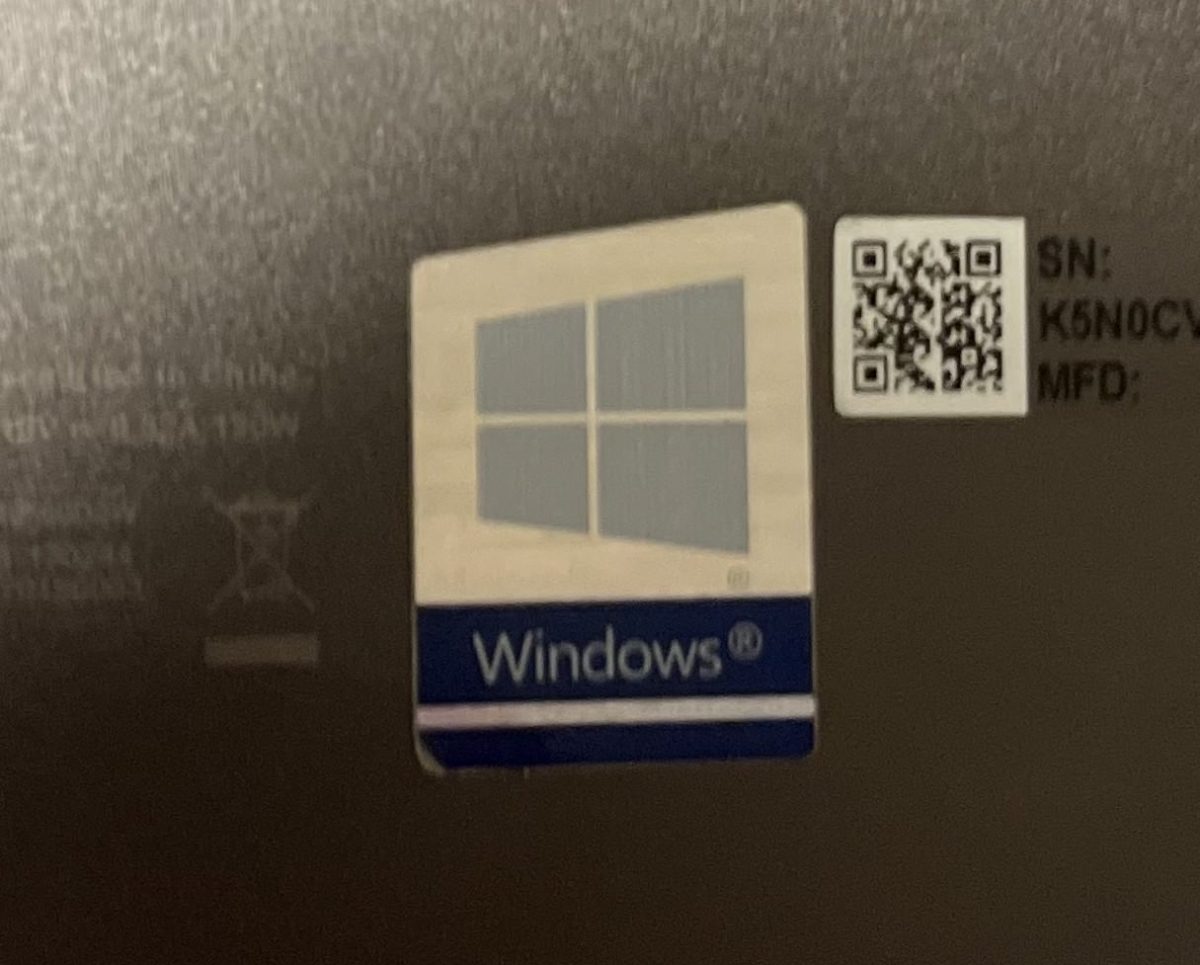Windows 10 has been on the market since 2015, and was touted as “the last ever version of Windows.” The goal of Windows 10 was to receive updates throughout the years and add new features. However, just two years ago, Windows 11 was released. Now, Windows 10 has less than two years left of support, and will abandon all security updates at that time.
The biggest issue with Microsoft’s push for Windows 11 is the high hardware requirements. To install Windows 11, one needs double the processing speed, three times the storage and four times the memory, along with requiring a TPM 2.0, a security device released in 2014, compared to the older Windows 10. These strict requirements prevent all computers made before 2014 from upgrading from 10 to 11, even if they meet the other requirements. Coupled with little performance gain and lack of additional features, many are content with staying on Windows 10.
Nearly 70% of systems run Windows 10, with a measly 26% running Windows 11. The remaining 4% consists of older Windows versions like 8.1, 8, 7 and XP. Essentially, 70% of computers will no longer receive security updates. Already, the last version of Windows 10 was released in the second half of 2022, with no more feature based updates planned.
But this begs the question: what will everyone do with their unsupported Windows 10 computers?
There are a few ways to switch away from Windows 10. The first, and most obvious, is to buy a new laptop. But, as earlier mentioned, Windows 11 doesn’t add enough features to justify the much higher requirements.
Some, like senior Ryan Barnes, decided to buy a Macbook to replace his aging HP Stream. “I bought a MacBook Pro M1 because I got a good deal on it. I do professional photography of cars, so I needed a powerful computer that could run Photoshop. You can also use iMessage and connect your phone to your laptop.”
While Ryan and many others who choose to replace their old laptop now have a much better computer, this creates e-waste, or electronic waste, which has a very negative impact on the environment and human health due to toxic heavy metals.
While some, such as Barnes, got a Macbook to replace his Windows 10 computer, and others will be attracted to buy a Chromebook due to their low price, still others like PV grad Isaiah Steele will install Linux on their unsupported devices. Linux is free, installable on almost every computer, and certain versions can be installed on computers up to 50 years old.
Steele says about his choice, “I switched to Linux partly to learn about the OS and get familiar with the lower-level processes of a computer, but I also experienced performance and support impacts. Instead of staying with Windows 10 which is no longer the newest version of Windows, I switched to an operating system-Arch Linux- which means I have support until my hardware is simply too slow, which will be a long time, and I also have an entire community of voluntary tech support on forums and blogs.”
Others turn to modified versions of Windows 11 like Ghost Spectre and Tiny11. These provide the same Windows 11 features and style, but have far lower hardware requirements and can run on any computer that can run Windows 10. However, doing this requires a fair bit of technical knowledge, and one must either fully wipe the computer to install it, or use a much more complicated setup known as “dual booting” to choose which one to use every time the system starts up.
Steele also has experience with these “light” Windows replacements for unsupported hardware, and notes, “When I had used Windows on my laptop, I would randomly run into slowdowns. When investigating the processes on the computer, the culprit was a large amount of small programs running in the background. Now I don’t have that problem because there are very few processes on the computer — only the ones I want. I personally installed every package on the computer, and that kind of minimalism frees my hardware up for many more years of crisp functionality — something that the base Windows 10 and 11 can’t offer.”
3% of people still use Windows 7, an operating system which lost support last year. It no longer receives security updates, and many apps have stopped supporting it. But because of Windows 10’s higher requirements, a small number of Windows 7 users have stayed on the platform. Likewise, expect many people far into the next decade to continue to use Windows 10, refusing to replace their computer, try a workaround, or install Linux. The simple reality is that many would simply stick to what they know instead of attempting to adapt to an entirely new user interface.










Andrew Leonard • Feb 11, 2024 at 7:50 pm
I´m going to assume that most people will opt to keep their Windows 10 because of the expense of switching to a new, upgraded computer or having to learn a new software is not always fun. Installing Linux sounds like you have to be tech savy. I will be one like the Windows 7 people and keep 10 until I have to switch.